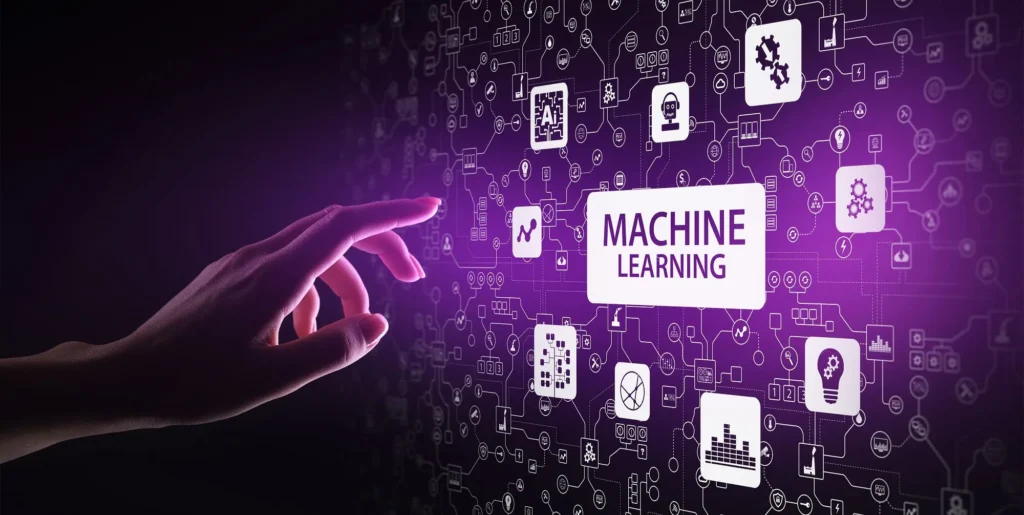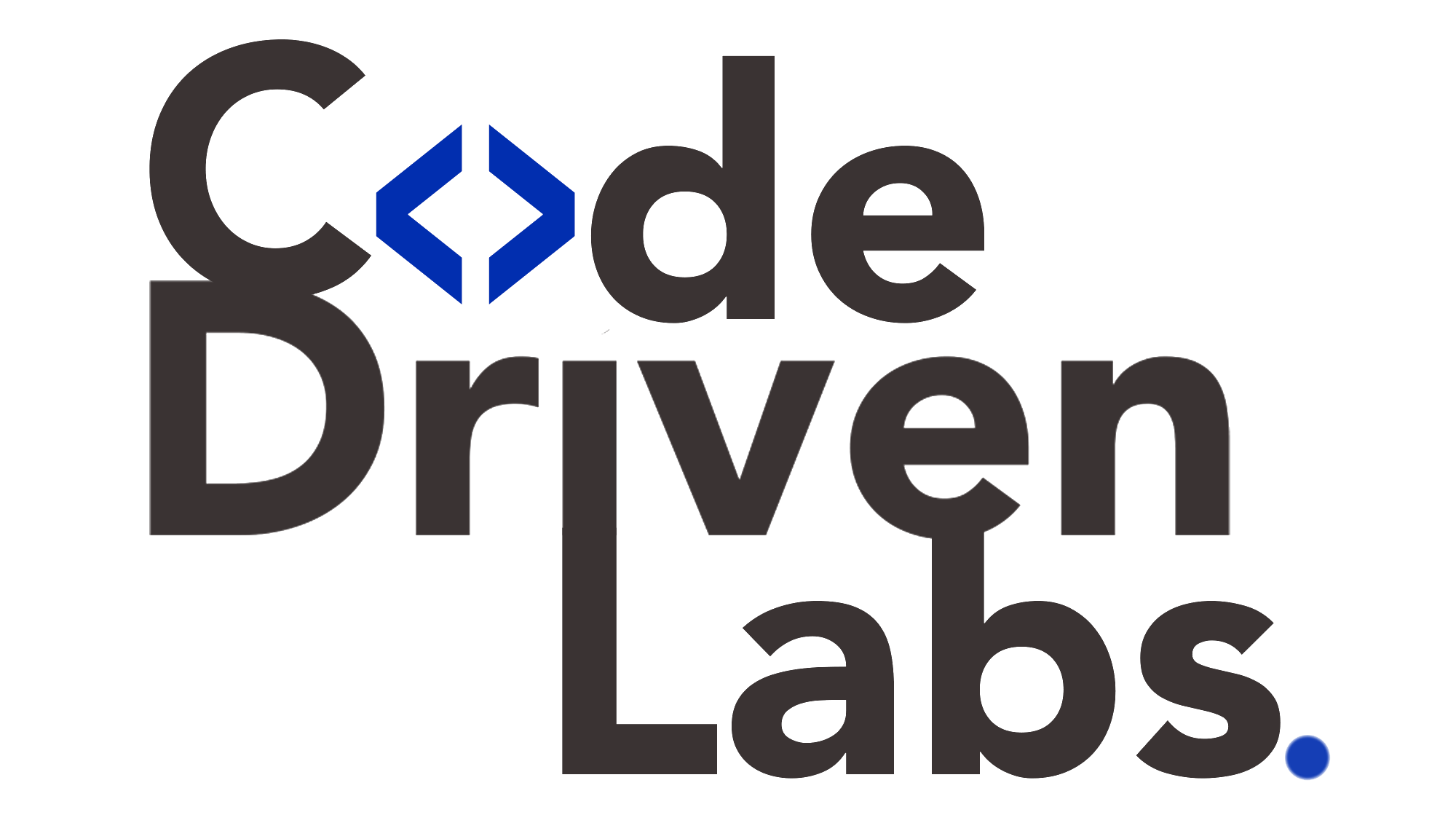Level up your business with US.
- Home
- Multi-Modal Machine Learning: Combining Text, Image, and Audio for Smarter AI Systems
Multi-Modal Machine Learning: Combining Text, Image, and Audio for Smarter AI Systems
August 2, 2025 - Blog
Multi-Modal Machine Learning: Combining Text, Image, and Audio for Smarter AI Systems
The world is becoming increasingly data-rich and multi-sensory. From social media posts combining text with videos to voice-enabled smart assistants interpreting commands in noisy environments, modern data isn’t one-dimensional anymore. Enter multi-modal machine learning (MMML)—a cutting-edge field of artificial intelligence that integrates different types of data, such as text, image, and audio, to create more context-aware and accurate systems.
As businesses and developers seek to build smarter, more human-like applications in 2025, multi-modal learning is no longer an optional innovation—it’s a necessity. This blog explores what multi-modal ML is, why it matters, the best practices for implementation, and how Code Driven Labs empowers organizations to harness its full potential.
What is Multi-Modal Machine Learning?
Multi-modal machine learning is a subfield of AI that involves combining and processing multiple forms of data—like natural language, images, audio, and even video—within a single model. Unlike traditional machine learning that deals with one modality at a time (e.g., only text or only image), MMML enables systems to:
-
Understand complex relationships across data types
-
Generate richer, more nuanced predictions
-
Perform tasks like image captioning, video search, emotion detection, and more
For example, consider an AI that helps doctors diagnose diseases using both X-rays (image) and electronic health records (text). Or a voice assistant that responds accurately by analyzing your words (audio), tone (emotion), and facial expression (image via camera).

Why Multi-Modal AI Is Gaining Traction in 2025
-
Data Explosion Across Modalities
Platforms like YouTube, TikTok, Instagram, and ChatGPT generate massive amounts of text, image, and audio content. Businesses want AI that can extract meaning from this diverse data. -
Improved Accuracy and Context
Multi-modal models can compensate for weaknesses in one modality using strength in another. If audio is distorted, visual cues can fill in gaps. This results in higher reliability. -
Smarter User Interfaces
Applications like augmented reality (AR), autonomous driving, and virtual assistants demand a fusion of multiple sensory inputs to interact intelligently with their environment. -
Foundation Models Integration
Large models like OpenAI’s GPT-4 and Google’s Gemini already support multi-modal input. As foundation models become mainstream, MMML will become the new normal.
Common Use Cases of Multi-Modal Machine Learning
-
Healthcare Diagnostics
Combine CT scans (image), clinical notes (text), and heartbeats (audio) for better diagnoses. -
Retail and E-Commerce
Visual search using product images, paired with user reviews (text) and customer service calls (audio) for personalized recommendations. -
Autonomous Vehicles
Analyze video feeds, LiDAR data (image), and real-time traffic reports (text/audio) for better navigation. -
Content Moderation
Filter harmful or inappropriate content on social media using a combination of image, audio, and text analysis. -
Language Translation and Subtitling
Translate spoken language in videos using speech-to-text (audio), contextual images, and lip movement recognition.
Key Challenges in Multi-Modal Machine Learning
Despite its power, implementing MMML comes with several challenges:
-
Data Alignment
Different modalities operate on different timelines and structures. Synchronizing them is complex. -
Computational Complexity
Processing large-scale, multi-format data simultaneously requires significant resources and architecture design. -
Data Scarcity and Imbalance
Some modalities may be underrepresented, such as limited audio data compared to text or image, which may skew model learning. -
Model Generalization
Multi-modal models trained on limited or biased data may struggle to generalize across different contexts or domains.
Best Practices for Multi-Modal ML Implementation
-
Early Fusion vs. Late Fusion
Decide whether to integrate modalities early in the pipeline or process them separately and combine outputs later. Each has trade-offs in speed, flexibility, and interpretability. -
Use Pretrained Multi-Modal Models
Leverage models like CLIP (by OpenAI) or Flamingo (by DeepMind) to save time and improve accuracy. -
Balance Modal Contributions
Prevent overfitting to dominant modalities by carefully tuning weights and regularization parameters. -
Monitor Performance by Modality
Use explainability tools to track how each input type affects outcomes. This also aids in debugging. -
Data Augmentation Across Modalities
Generate synthetic data to balance underrepresented modalities or simulate real-world noise conditions.
How Code Driven Labs Helps You Succeed with Multi-Modal AI
At Code Driven Labs, we understand that staying ahead in AI requires adopting and adapting to emerging technologies like multi-modal learning. Here’s how we help:
-
Custom Multi-Modal Model Development
Whether you’re building a healthcare diagnostic tool or a voice-enabled shopping assistant, our engineers develop models that seamlessly integrate text, image, and audio inputs. -
Integration with Foundation Models
We help you deploy and fine-tune cutting-edge multi-modal transformers like GPT-4, Gemini, or CLIP within your application stack. -
Multi-Modal Data Engineering
Our data experts design robust pipelines to align, clean, and process diverse data types at scale, ensuring your models learn from high-quality and synchronized datasets. -
Performance Optimization
Code Driven Labs ensures your multi-modal models are efficient and scalable by optimizing memory usage, parallel processing, and latency in deployment. -
Explainability and Compliance
We implement model explainability dashboards to show how each modality influences decisions—critical for regulated sectors like healthcare and finance. -
End-to-End Lifecycle Management
From ideation to post-deployment monitoring, we provide full-lifecycle support tailored to multi-modal systems.
Future Outlook: Where Multi-Modal AI Is Headed
By 2026 and beyond, multi-modal learning is expected to power:
-
More intuitive human-AI interfaces in AR/VR
-
Emotionally intelligent AI capable of detecting user sentiment across channels
-
AI-generated content that combines text, audio, and video seamlessly
-
Industry-specific assistants with deep contextual awareness
Businesses that adopt this today are not just future-ready—they’re future-defining.
Conclusion
Multi-modal machine learning is transforming the way software understands and interacts with the real world. By combining the strengths of text, image, and audio data, developers can build systems that are more accurate, intuitive, and adaptable. The key is to integrate these technologies thoughtfully and efficiently.
Code Driven Labs stands as a trusted partner in this transformation. Whether you’re starting a new AI initiative or enhancing existing platforms, our expertise in multi-modal development, data engineering, and deployment ensures that your solution is not only innovative but also scalable and sustainable.
Ready to build smarter AI systems with multi-modal learning? Partner with Code Driven Labs today.
